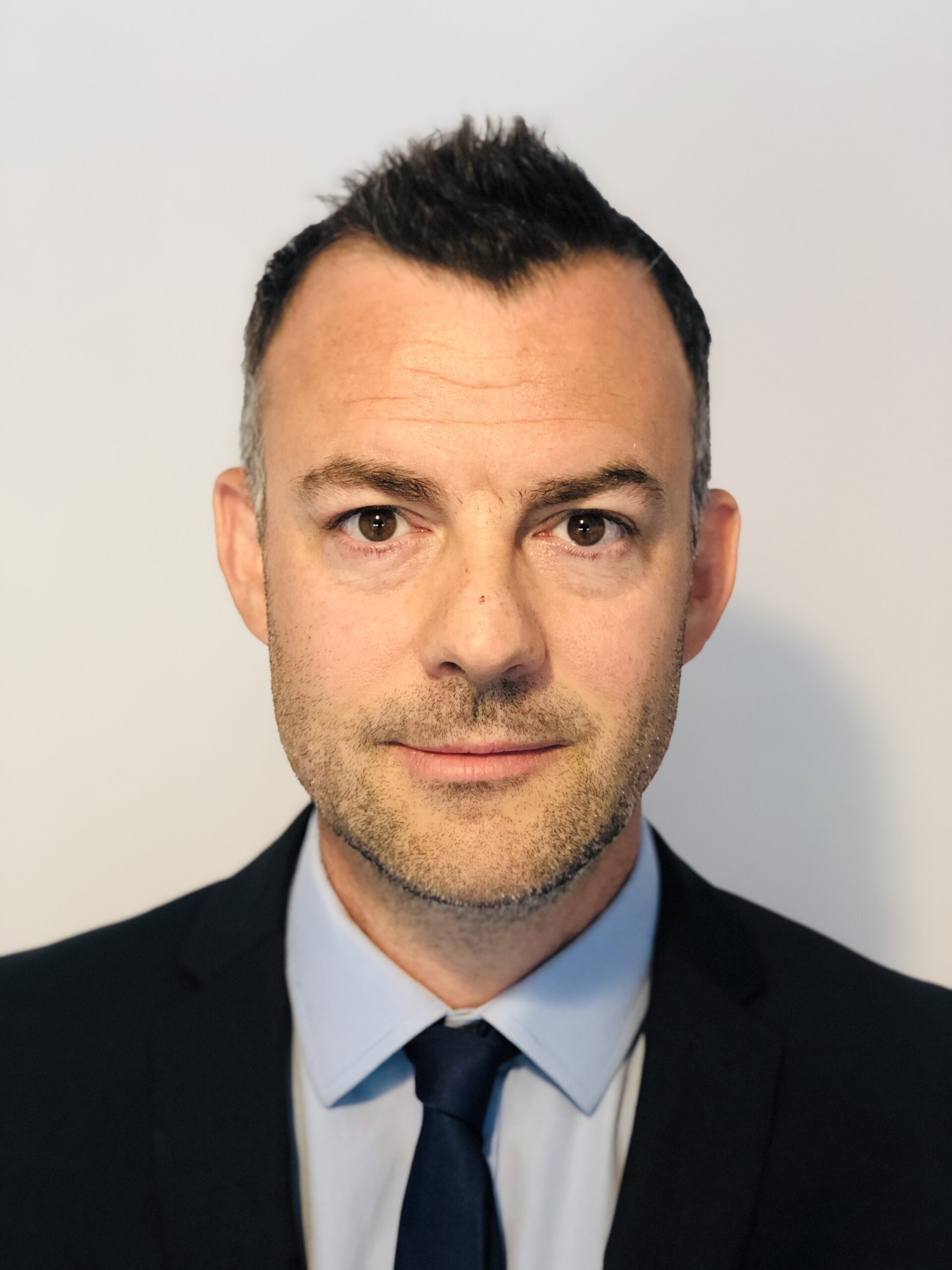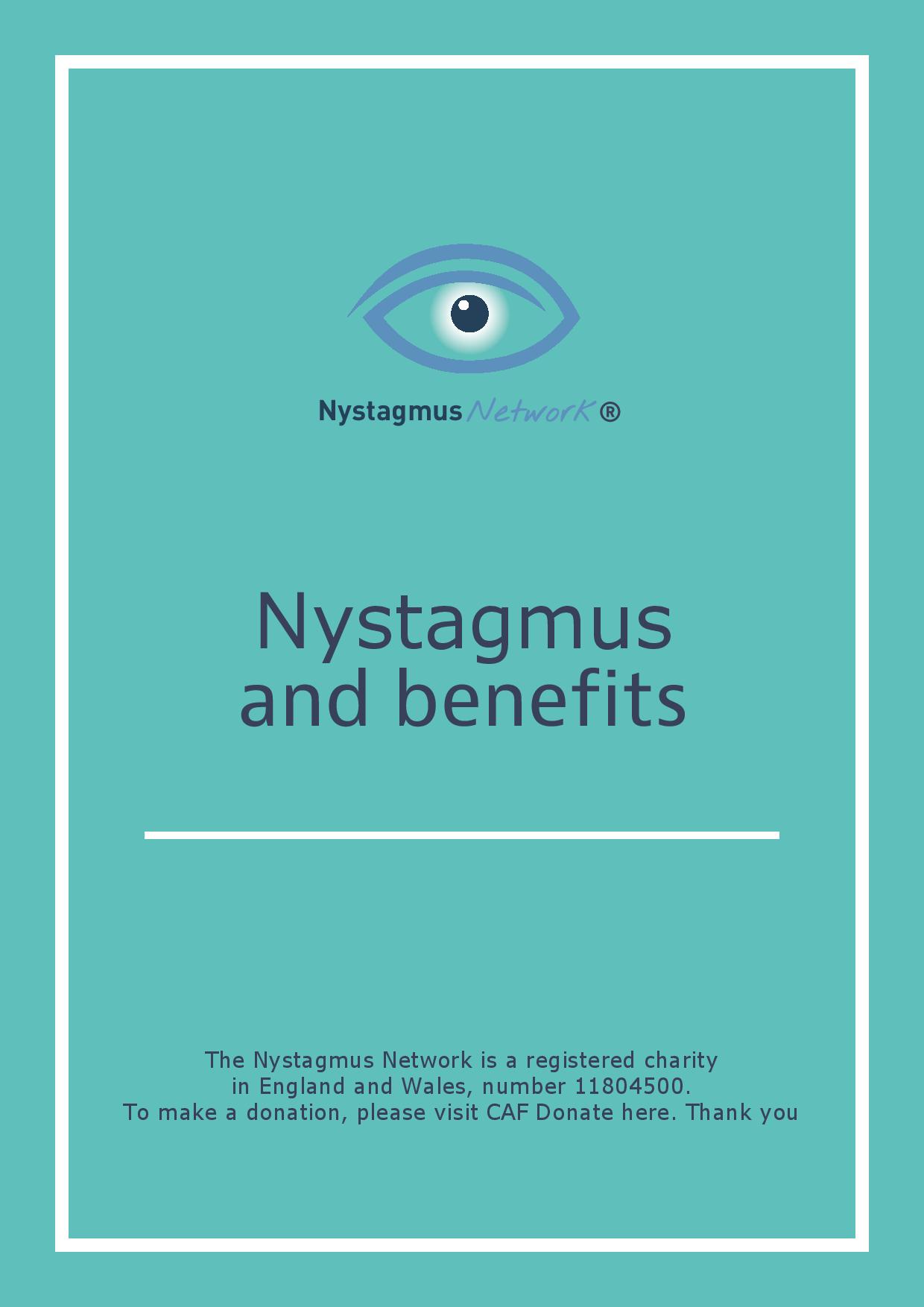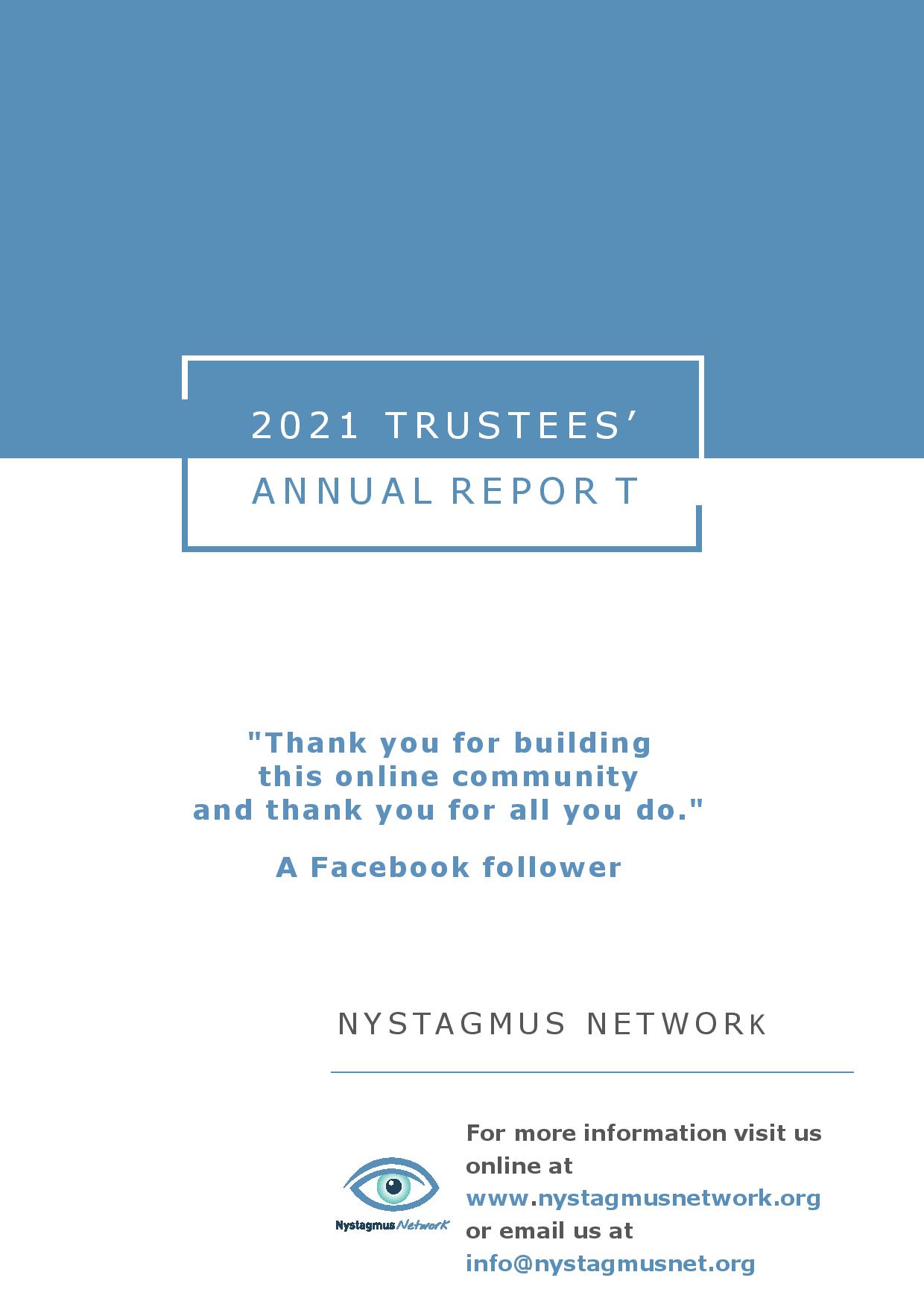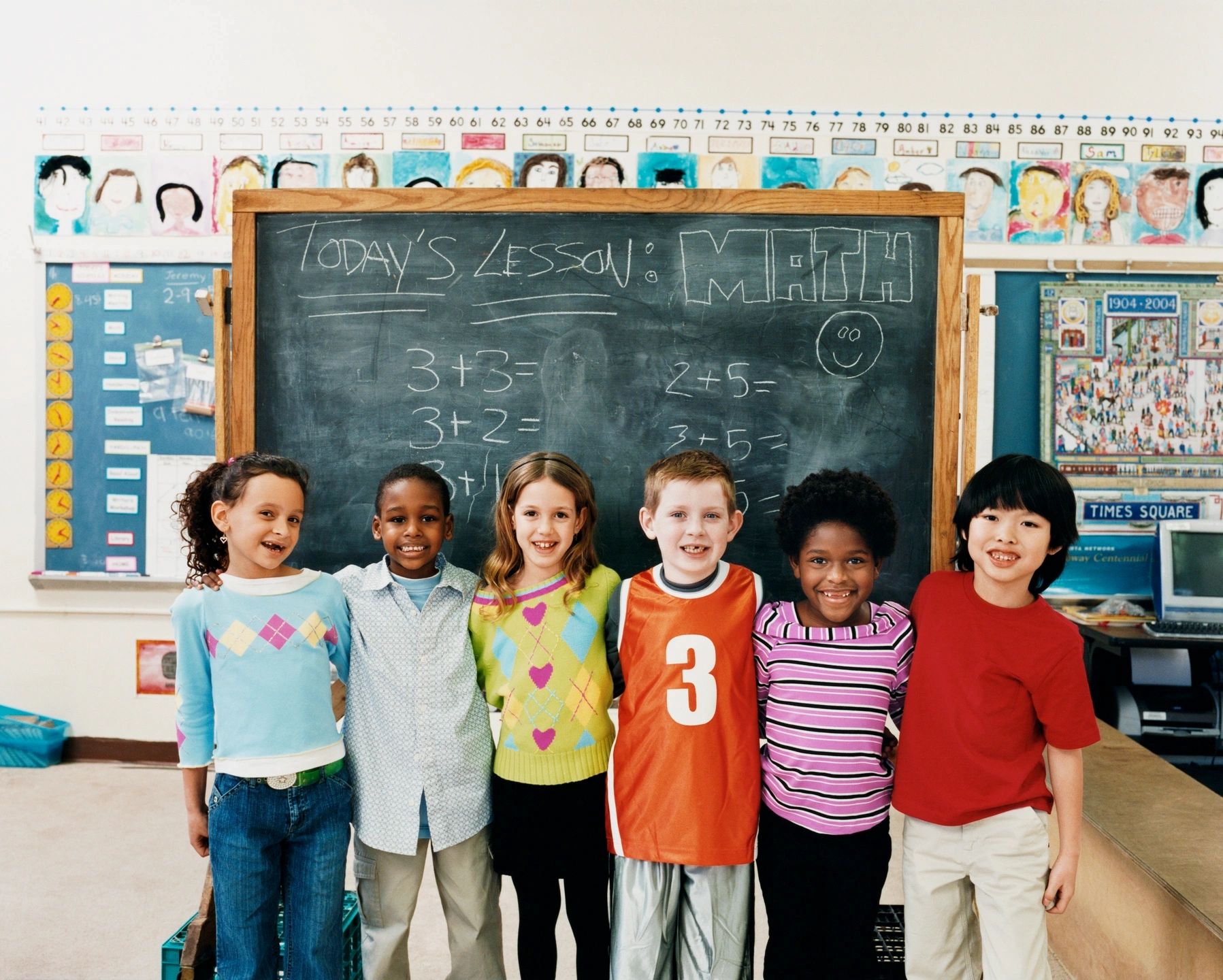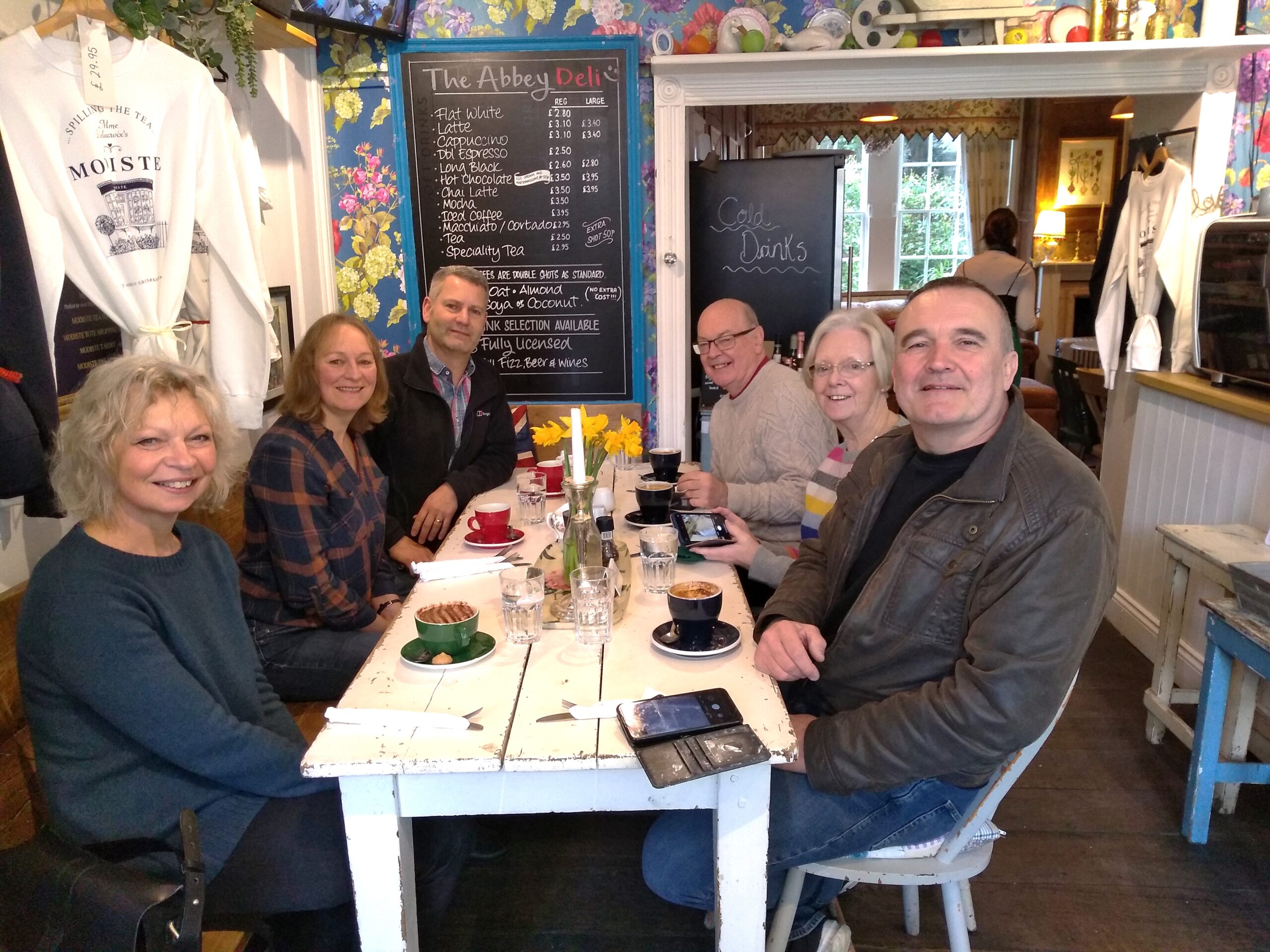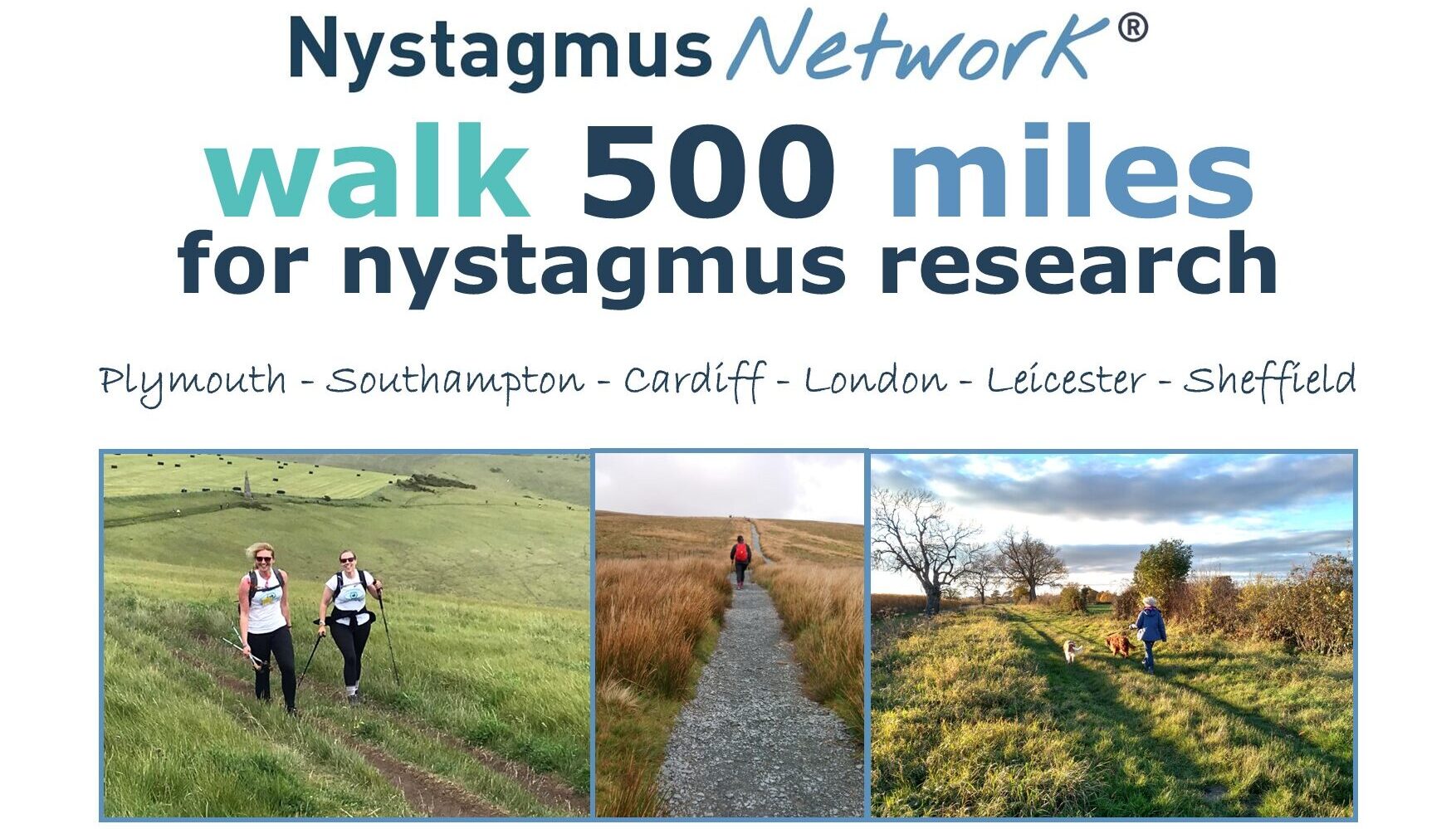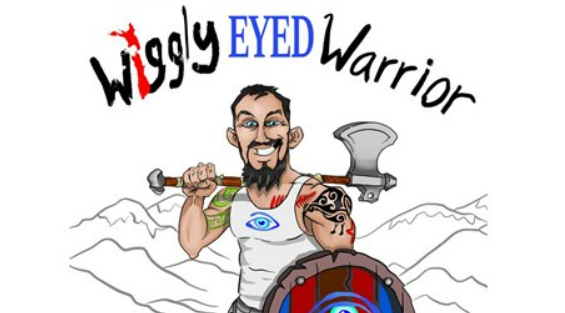We are seeking potential research candidates on behalf of researchers in Southampton (Jay Self and Helena Lee) who must be over the age of 60 and have any form of albinism (OA, or OCA). Thank you to those who have already responded. We have already found 12 people, but we really need 20 for a viable study. If you or anyone you know fits the bill, please read on …
Jay and Helena are seeking to understand two questions which have baffled researchers for some time and they need your help:
1. Why has Albinism and Age Related Macular Degeneration (AMD) never been seen in the same patient when AMD affects 1/3 of people over 75? Are people with Albinism protected from this condition?
2. Why does the retina lose function late in older animals with Albinism, but apparently not in humans?
If anyone with Albinism, who is over the age of 60, would like to help Jay and Helena find answers to these important questions, please complete the form below. Please note that by completing the form you are giving us your permission to pass on your details on to the relevant research team.
Thank you.

